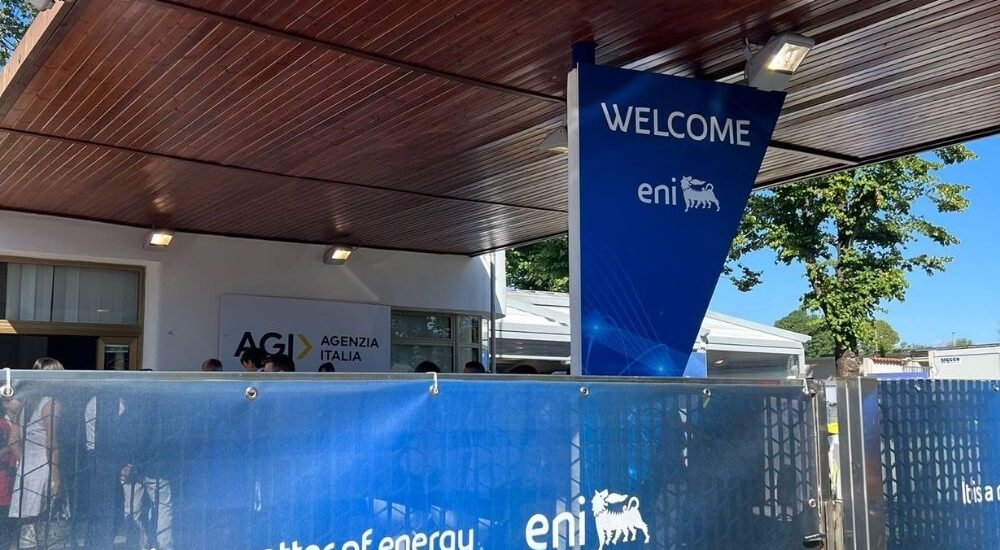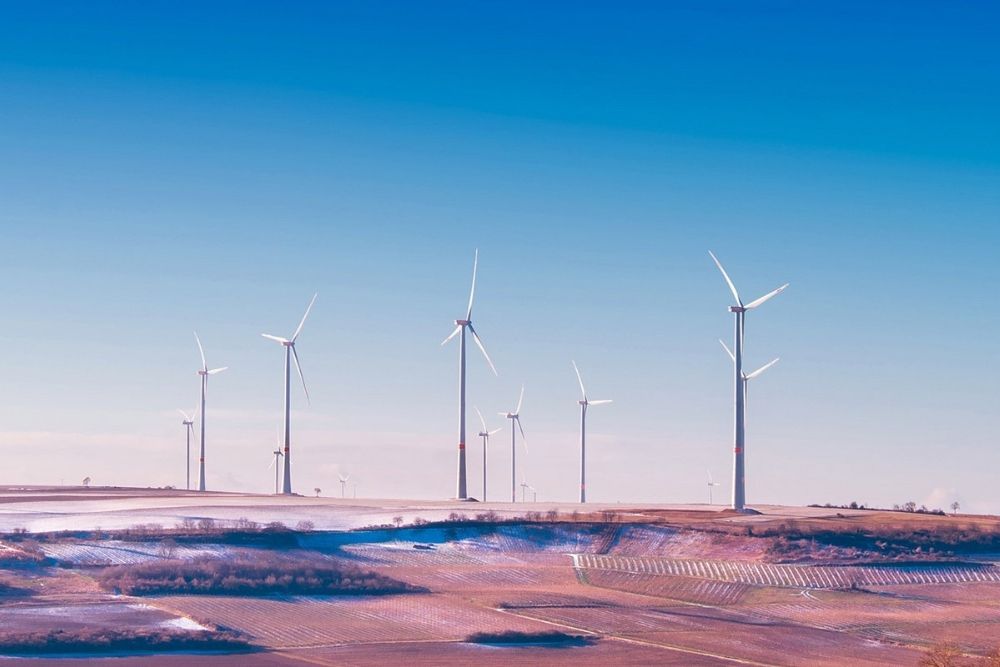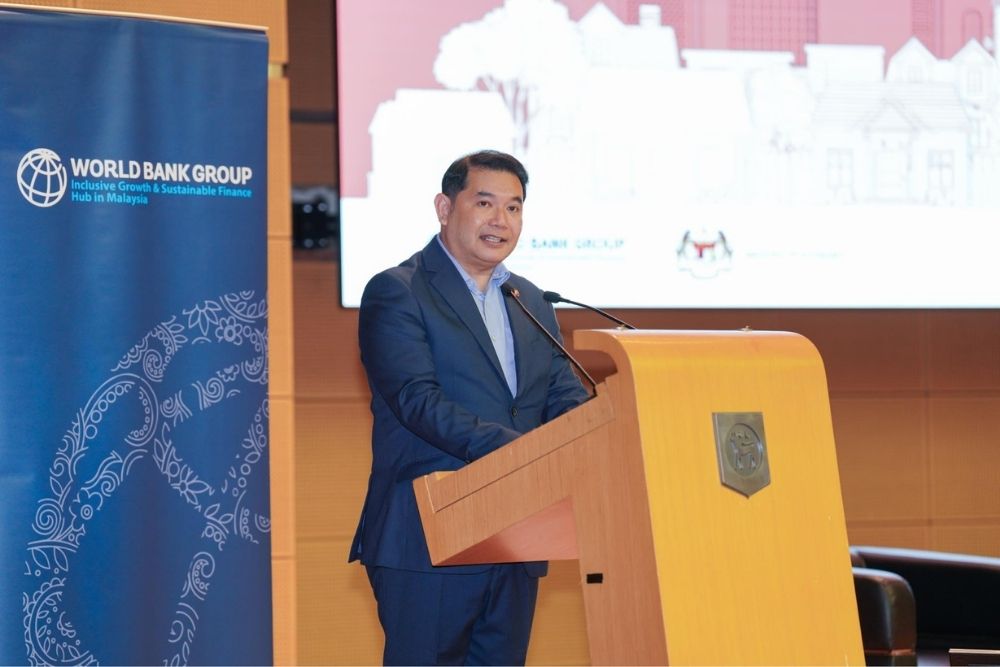Eni’s Norway subsidiary announces plans to increase Barents Sea exploration activity
- September 4, 2023
- Posted by: Quatro Strategies
- Categories: Europe, Oil & Gas

Eni’s Norwegian subsidiary, Vaar Energi, has announced plans to increase exploration activities in the Arctic Barents Sea to boost its oil and gas production in the region. Vaar Energi currently operates Goliat, the only producing oilfield in the Barents Sea, and is a partner in Equinor’s Johan Castberg oilfield project, which is expected to begin production at the end of 2024. The company intends to focus its drilling program in the Barents Sea on discovering additional resources around these two fields over the period 2024-2026.
Environmentalists have criticized oil companies’ plans to explore in the Barents Sea, citing concerns about the impact on the environment and climate change. However, Norway’s Supreme Court rejected a motion to halt Arctic drilling in 2020.
Vaar Energi has hired the COSLProspector offshore drilling rig from China Oilfield Services (COSL), a subsidiary of China National Offshore Oil Corporation (CNOOC), for its drilling program in the Arctic. Equinor, another Norwegian energy company, has also awarded COSL contracts for two additional rigs, COSLPromoter and COSLInnovator, for drilling exploration and production wells. Equinor plans to drill many production and exploration wells in the coming years but has not specified the locations.
Exploration in the Barents Sea is seen as crucial for discovering new oil and gas resources that could support the development of new infrastructure in the region, particularly for gas exports. Currently, gas from the only producing gas field in the Barents Sea, Snoehvit, is exported by tankers after liquefaction at the Hammerfest liquefied natural gas (LNG) plant.
Interested in learning more?
Sign up for Top Insights Today

Top Insights Today delivers the latest insights straight to your inbox.
You will get daily industry insights on
Oil & Gas, Rare Earths & Commodities, Mining & Metals, EVs & Battery Technology, ESG & Renewable Energy, AI & Semiconductors, Aerospace & Defense, Sanctions & Regulation, Business & Politics.


